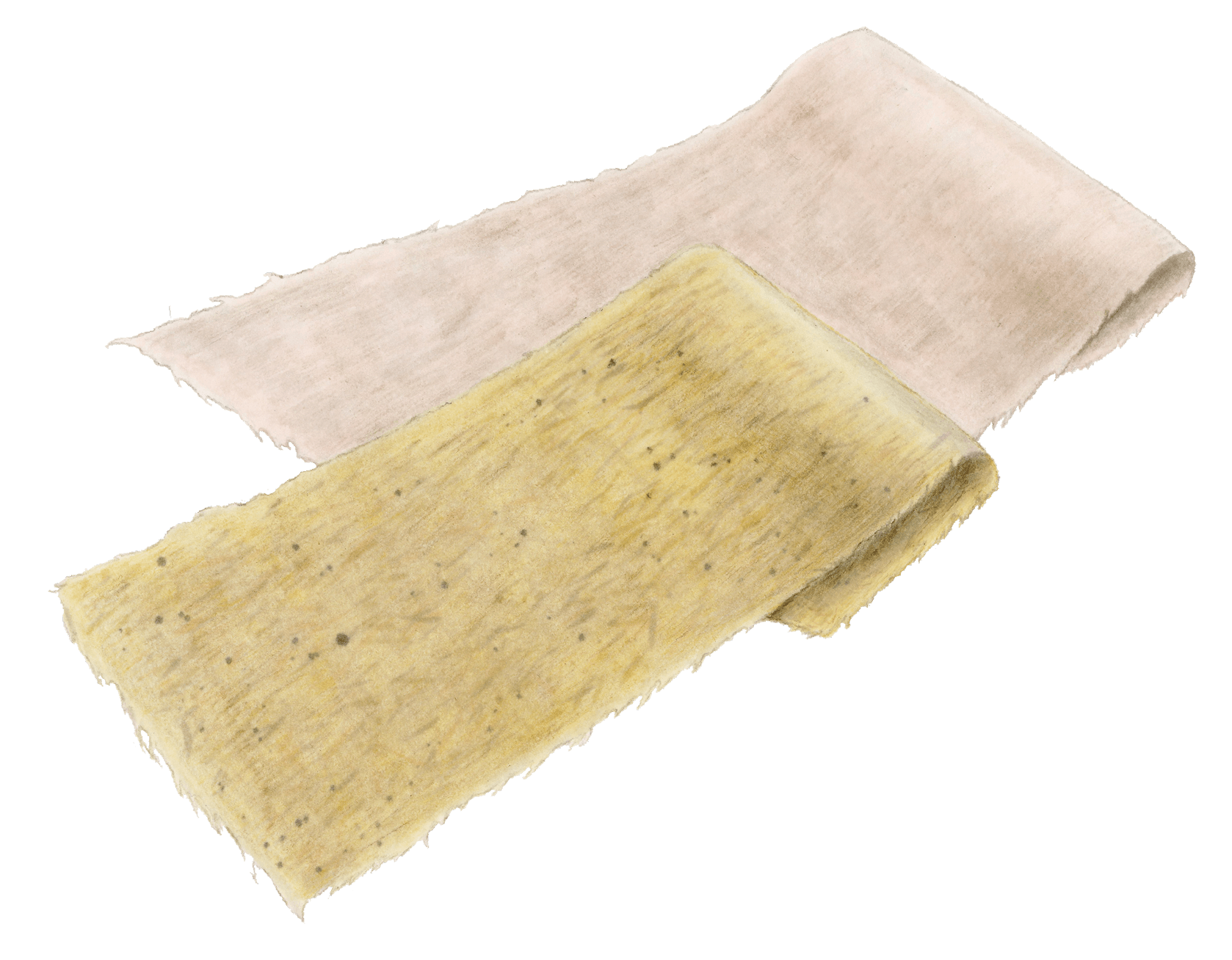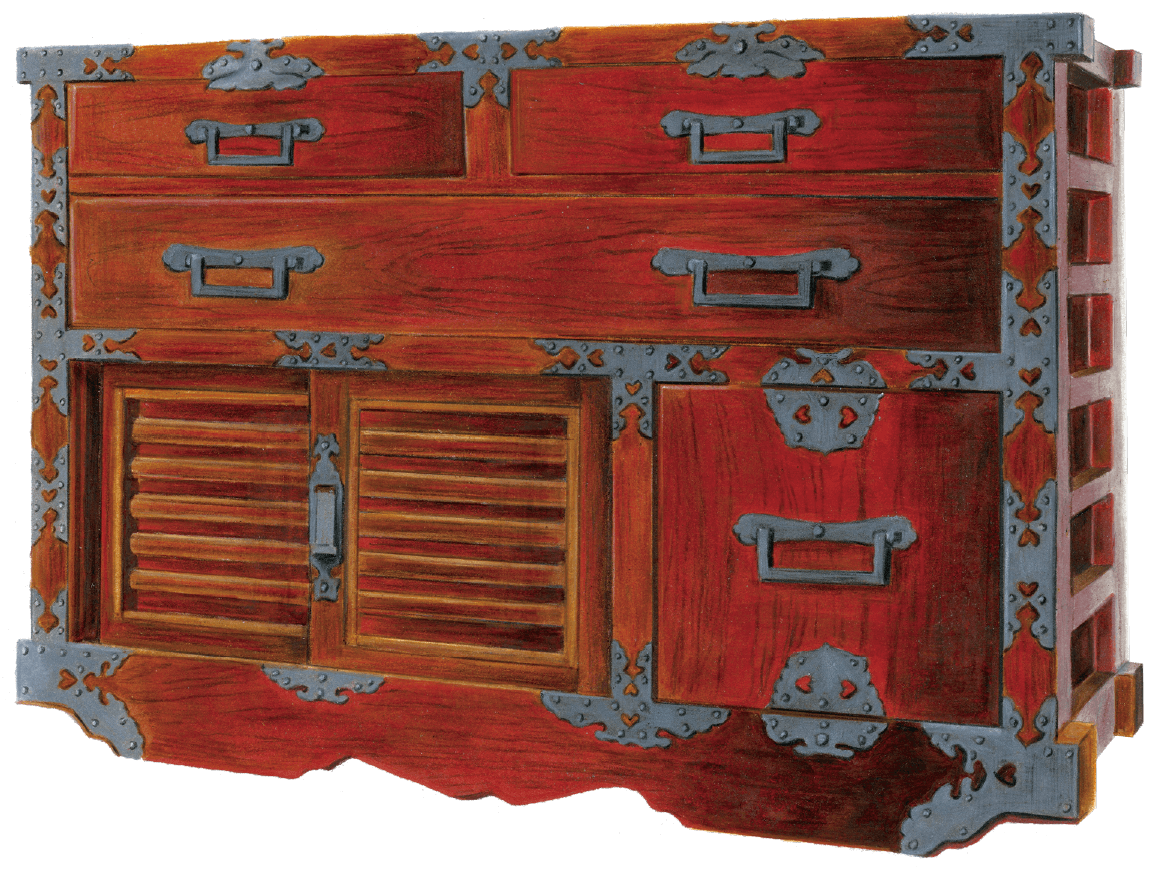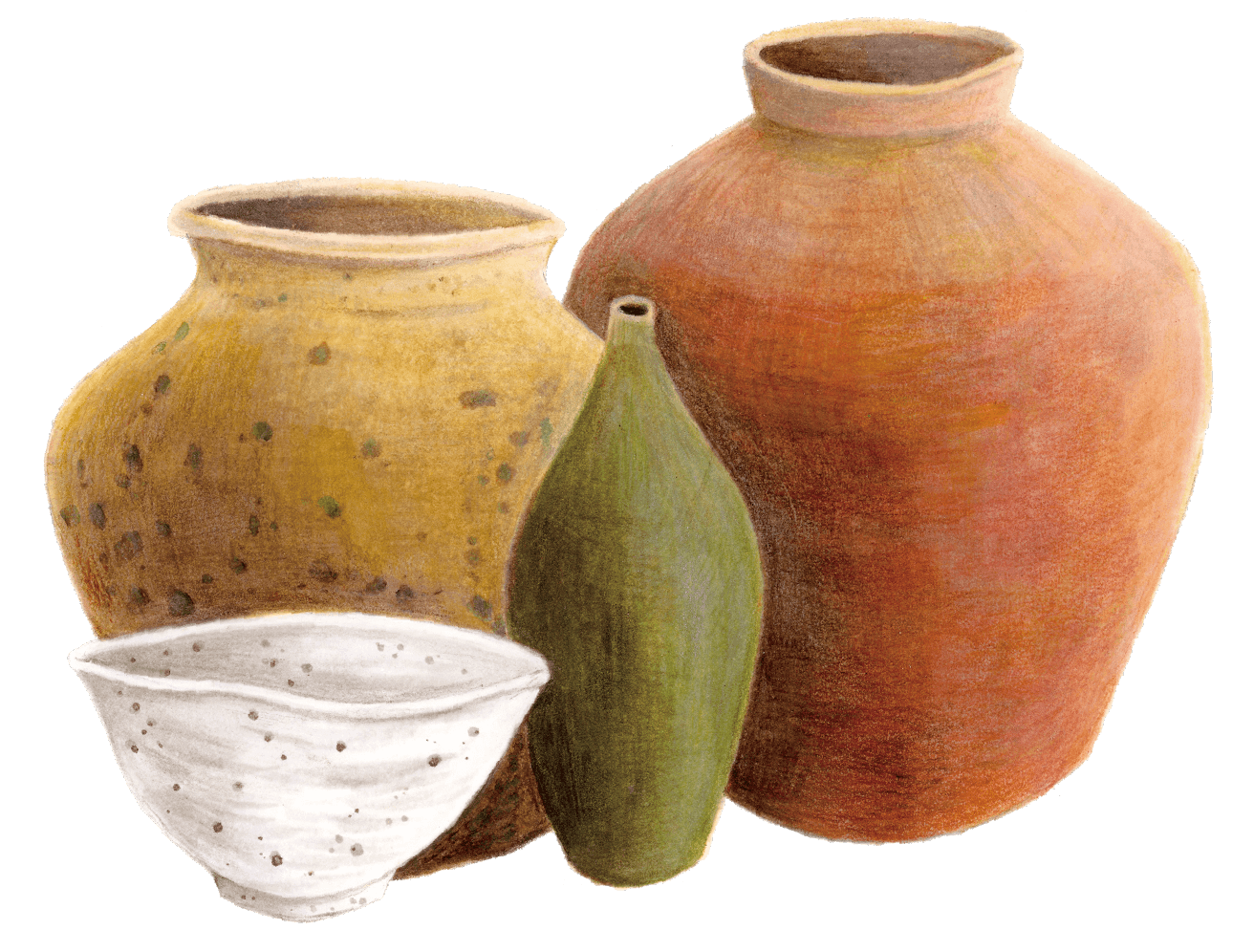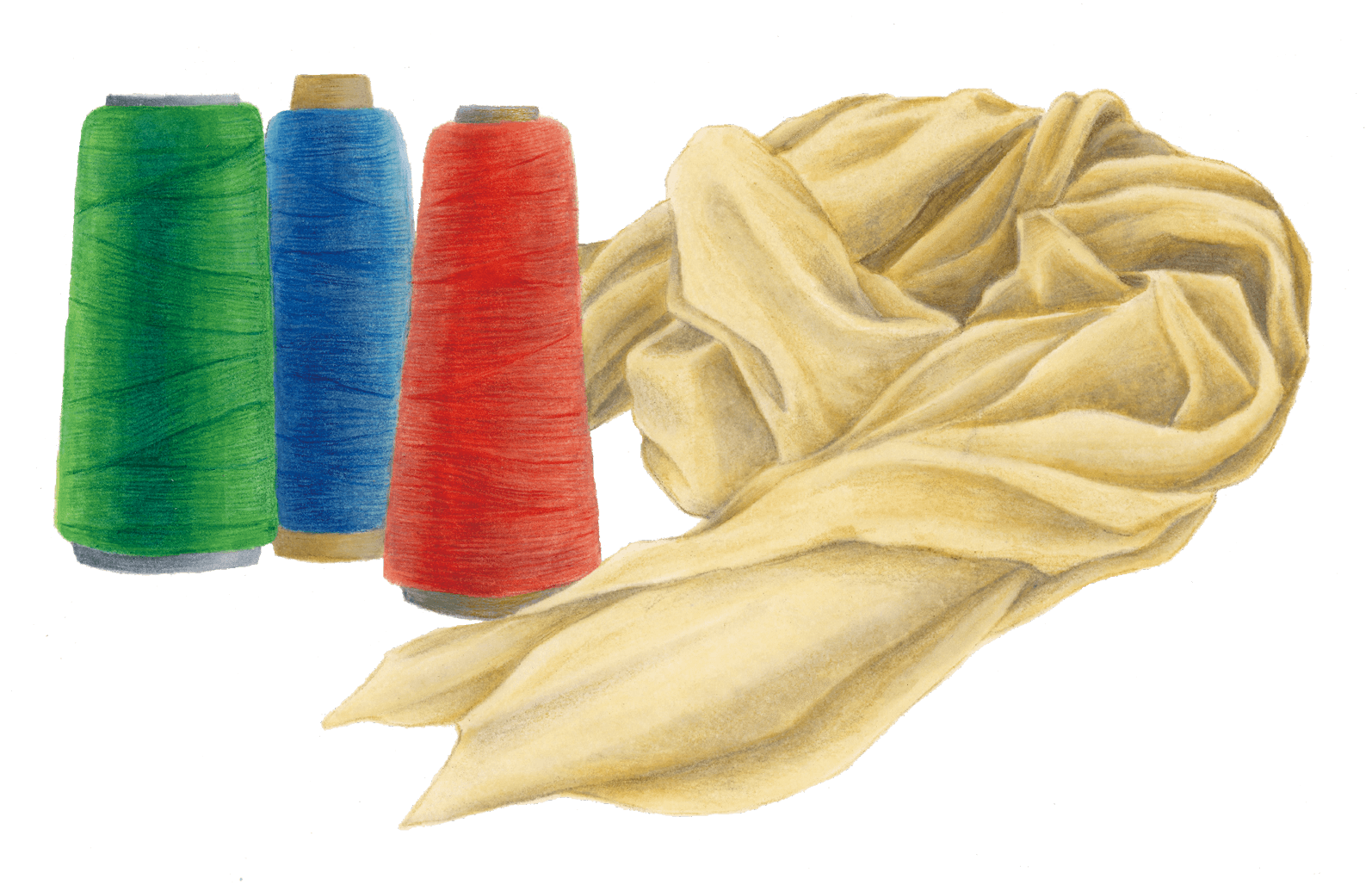About manufacturing in FukuiABOUT
One of the best in Japan
manufacturing
Areas
The Tannan area, which includes Sabae City, Echizen City, and Echizen Town in Fukui Prefecture, is known as a production area for traditional crafts such as "Echizen lacquerware," "Echizen Washi (Japanese paper)," "Echizen cutlery," "Echizen chest of drawers," and "Echizen pottery." Furthermore, in addition to these five traditional crafts, the "glasses" and "textile" industries are also thriving, making it an extremely rare area in Japan where a total of seven local industries are concentrated within a 10-kilometer radius. The word “tradition” alone conjures up images of things that have not changed since ancient times and should be preserved, but the craftsmen of this production area have continued to use their hands and minds without being too bound by tradition. In the ever-changing times, we ask ourselves, "What is the demand now?"
-
Made in
Fukui01GlassesEye-wear
ProductionAs a side job during the winter months,production of eyeglasses took root
Making glasses in Fukui started as a side business during the winter. Today, about 96% of eyeglass frames made in Japan are produced in Sabae City, and it is said that about one in six people of the working population in Sabae are engaged in the eyeglass industry. Recently, the titanium processing technology cultivated in the production area has been utilized in medical and electronic equipment, and the technology born from eyeglass manufacturing has spread to a wide range of fields.
-
Made in
Fukui02Echizen
WashiEchizen
WashiJapan's first banknoteMade with Echizen Japanese paper
From the Muromachi to the Edo period, Echizen washi was used as official paper for court nobles and the samurai class. After the Meiji Restoration, it was used for Japan's first dajokan-fuda bills. Today, a wide range of paper is made, from large-sized paper such as fusuma paper and wall paper, daily use paper such as business cards and postcards, to high-class paper such as Echizen Hoshogami.
-
Made in
Fukui03Echizen
ShikkiEchizen
LacquerwareMigrant workers from Echizenhelped Echizen lacquerware prosper
Lacquerware began being made more than 1,500 years ago. Echizen lacquerware is said to have originated when Emperor Keitai took a liking to a lacquer bowl made in Kawada (present-day Kawada district, Sabae City, Fukui Prefecture) and encouraged Kawada as a production area for lacquer and lacquerware. In modern times, factories in the area are still actively working on the production of commercial lacquerware, and about 1500% of the commercial lacquerware used in the restaurant industry in Japan is produced in the Echizen lacquerware production area.
-
Made in
Fukui04Echizen
TansuEchizen
ChestJapanese chest of drawers madewith the culmination of technologiesEye-catching heart patternJapanese chest
It is made from solid wood using Echizen joinery techniques that have been handed down since the Nara period, and is made using the technique of tenon-joining, which does not use nails. The surface is lacquered, and heart-shaped metal fittings called "Inome" made with the techniques of Echizen cutlery are used for decoration. Echizen tansu is a chest of high traditional value that combines Echizen lacquerware and Echizen cutlery technology.
-
Made in
Fukui05Echizen YakiEchizen
PotteryDeep history ofold kilns
Along with Seto ware, Tamba ware, Tokoname ware, Shigaraki ware, and Bizen ware, Echizen ware is counted as one of the six ancient kilns of Japan. It has a rustic and sturdy construction that makes use of the characteristics of Echizen's clay, and has a folk art type beauty with the subtle taste of the warmth of the clay and ash glaze. In recent years, new styles have been attempted by young artists who have opened kilns at the Echizen Pottery Village.
-
Made in
Fukui06Echizen
UchihamonoEchizen KnifeSince the samurai erathe unchanging technology is apparentHigh quality culinary tools
Kuniyasu Chiyozuru, a swordsmith from Kyoto, searched for land suitable for making cutlery, and arrived in Fuchu, the present-day Echizen City, where he made sickles for local farmers. Every time he made a sword, Kuniyasu carved a stone in the shape of a komainu, and sank the komainu in a well with the wishes that "the sword is a symbol of the samurai and should never be used as a weapon to kill people." This spirit has been handed down to the current craftsmen, supporting people's lives with "tools" of the highest quality.
-
Made in
Fukui07TextileTextile industry
Largest market share in JapanCity of Synthetic Long Fiber Fabrics
Textiles were already being produced in Fukui during the Nara period. Beginning with silk textiles, chemical fibers such as polyester are now the core industry. Fukui is one of Japan's leading textile production areas, thanks to manufacturers that continue to pass on the tradition and manufacturers that pursue cutting-edge technology that supports people's lives in fields such as fashion and industrial materials.
WORK SHOP Experiences
Click here for the workshop










